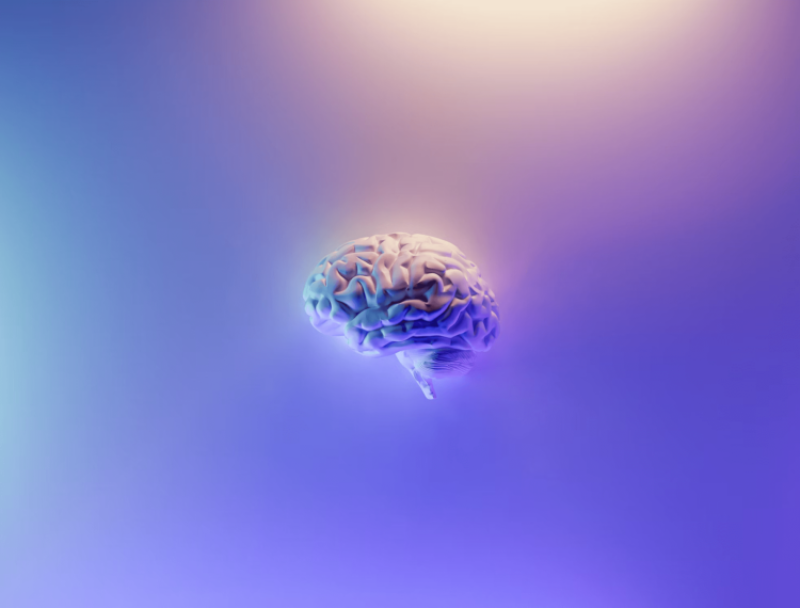Our brains exist in a state somewhere between stability and chaos as they help us make sense of the world, according to recordings of brain activity taken from volunteers over the course of a week. As we go from reading a book to chatting with a friend, for example, our brains shift from one semi-stable state to another—but only after chaotically zipping through multiple other states in a pattern that looks completely random.
Understanding how our brains restore some degree of stability after chaos could help us work out how to treat disorders at either end of this spectrum.
Brain imaging techniques have revealed a lot about how the brain works—but there’s only so much you can learn by getting a person to lie still in a brain scanner for half an hour. Avniel Ghuman and Maxwell Wang at the University of Pittsburgh wanted to know what happens in the longer term.
…
The team found some surprising patterns in brain activity over the course of the week.































